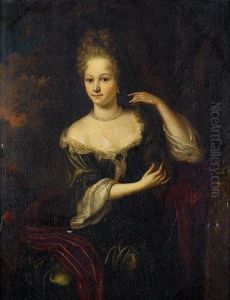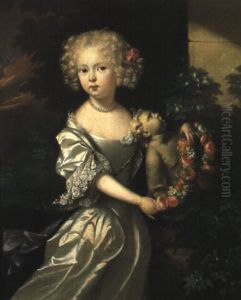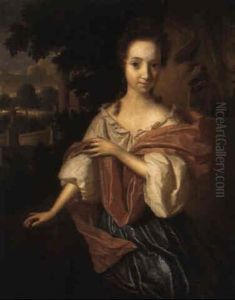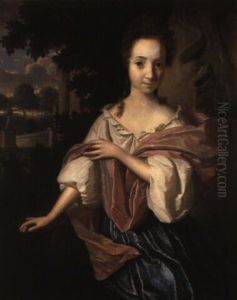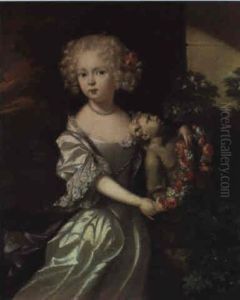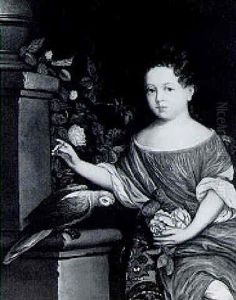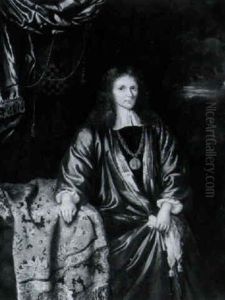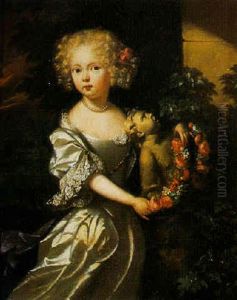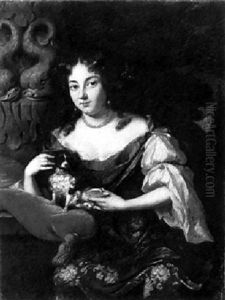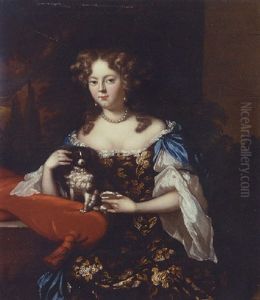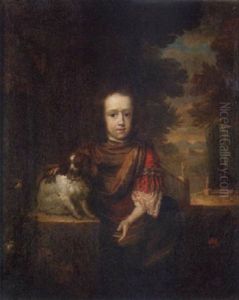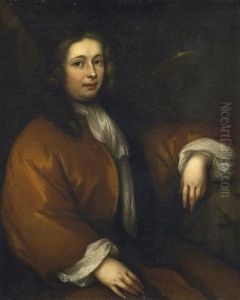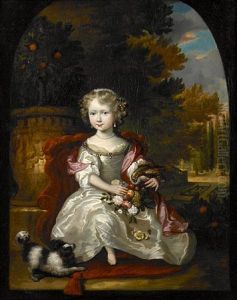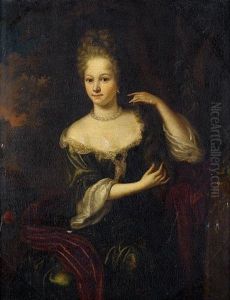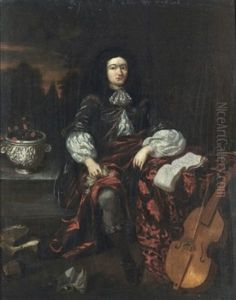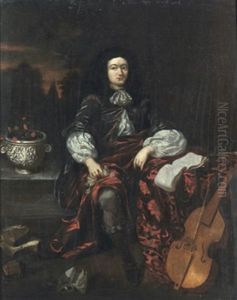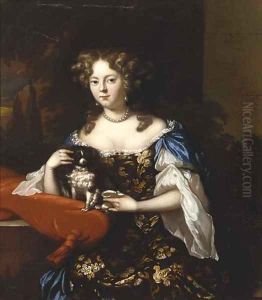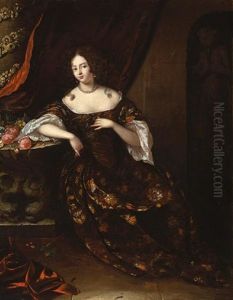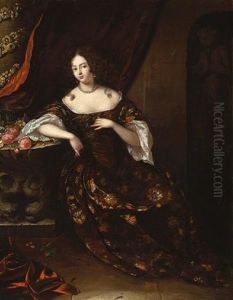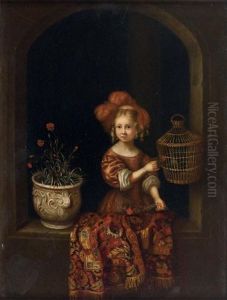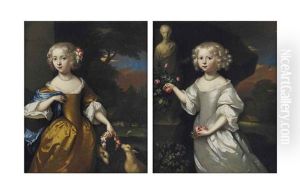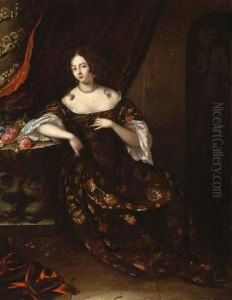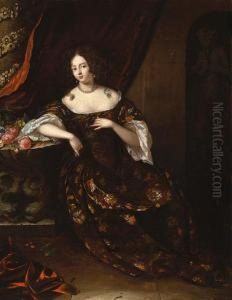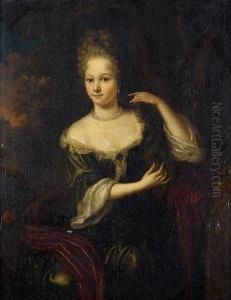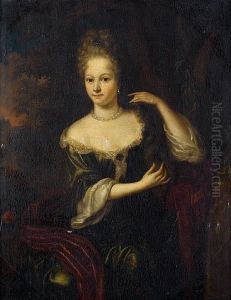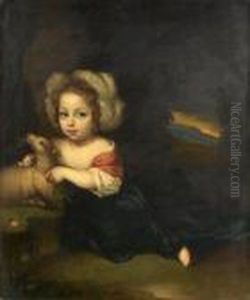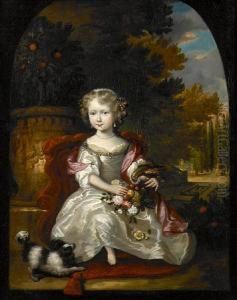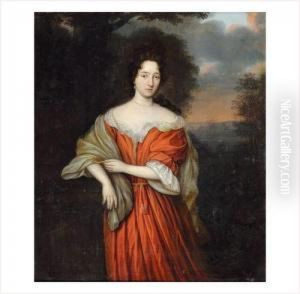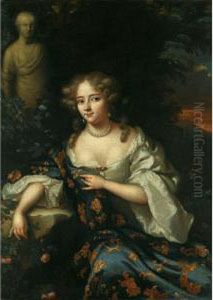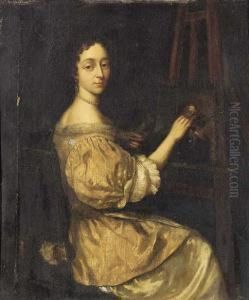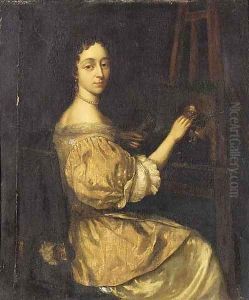Aleijda Wolfsen Paintings
Aleijda Wolfsen (1648–1692) was a painter from the Dutch Golden Age, a period characterized by great wealth and cultural achievement within the Netherlands. Born in Zwolle, she was the daughter of the painter Artus Wolfsen, who was likely her first teacher. Aleijda was one of the few female artists of her time and is known for her portrait paintings.
Despite the limitations placed on women in the arts during the 17th century, Wolfsen managed to gain recognition for her work. She was particularly skilled in capturing the likeness and character of her subjects. Her portraits are noted for their detailed depiction of clothing and accessories, which reflect the fashions of the upper classes of Dutch society during that time.
Unfortunately, much of Aleijda Wolfsen's life and career remains shrouded in mystery, and only a small number of her works have been identified. The scarcity of documented works has made it difficult for art historians to fully appreciate her contribution to the art world. Her surviving works, however, display a high level of craftsmanship and provide valuable insights into the role of women artists in the Dutch Golden Age.
Aleijda Wolfsen’s career was relatively short, and she died at the young age of 44. Despite her untimely death, her work has been preserved and can be found in collections that showcase the art of the Dutch Golden Age. Her legacy is important for understanding the broader scope of female artists during a time when the art world was largely dominated by men.
